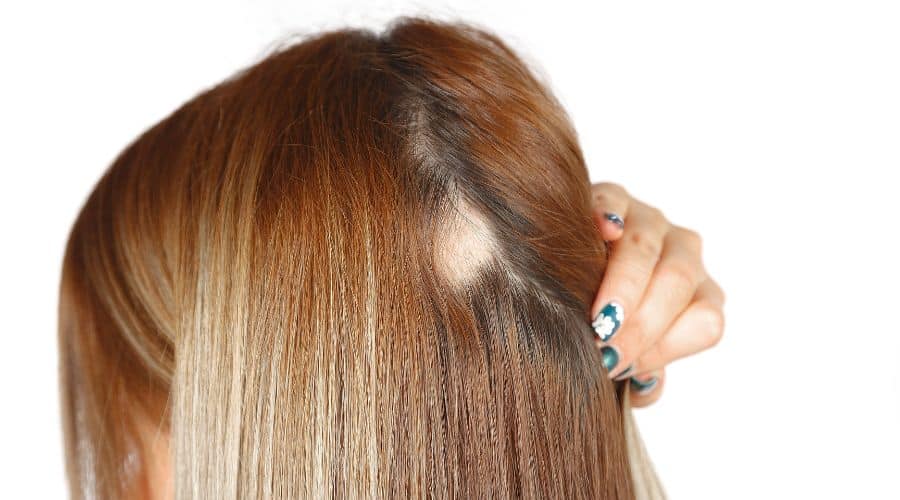Traction alopecia is a form of hair loss primarily caused by the constant pulling or tension on hair follicles. This condition is common among individuals who frequently wear tight hairstyles like ponytails, braids, or buns. Recognizing the signs of traction alopecia and taking steps to prevent or reverse it is crucial for maintaining healthy hair and scalp. In this blog, we’ll explore what traction alopecia is, how to prevent it, and possible ways to reverse it.
Understanding Traction Alopecia
Traction alopecia occurs gradually and is often a result of prolonged or repeated stress on the hair follicles. Hairstyles that pull the hair tightly cause stress at the root, which over time can lead to hair loss.
Early Signs of Traction Alopecia
- Tenderness or soreness at the hairline or scalp.
- Small bumps around the hairline or where the hair is pulled tightly.
- Thinning or recession of the hairline, especially around the temples and forehead.
- Widening of hair parting.
Preventing Traction Alopecia
- Wear Loose Hairstyles: Opt for hairstyles that don’t pull on the scalp. Loose braids, low ponytails, and natural styles can reduce tension on hair follicles.
- Rotate Hairstyles: Regularly changing your hairstyle can relieve tension on specific areas of the scalp.
- Avoid Harsh Styling Tools: Minimize the use of tight rubber bands, barrettes, and other accessories that pull on the hair.
- Use Gentle Hair Care Practices: Be gentle when brushing or styling your hair, and avoid excessive heat and chemical treatments.
- Scalp Massage: Regular scalp massages can increase blood flow to the hair follicles, promoting hair health.
- Nourish Your Hair: Maintain a healthy diet and consider supplements that support hair growth, like biotin or vitamin E, after consulting with a healthcare provider.
Reversing Traction Alopecia
- Early Intervention: The key to reversing traction alopecia is catching it early. Once you notice signs, change your hair care practices immediately.
- Medical Treatments: In some cases, medications like minoxidil (Rogaine) can help in hair regrowth. Consult a dermatologist for appropriate treatment options.
- Use Hair Growth Stimulants: Products that stimulate hair growth can be beneficial. Look for ingredients like peppermint oil, caffeine, or saw palmetto.
- Reduce Stress: Stress can exacerbate hair loss. Engaging in stress-reducing activities like exercise, meditation, or yoga can be beneficial.
- Hair Transplant: In severe cases where the hair follicle is damaged, a hair transplant may be considered as a last resort.
Conclusion
Traction alopecia is a preventable and often reversible condition. By adopting gentle hair care practices, avoiding tight hairstyles, and nurturing your scalp and hair, you can prevent and potentially reverse its effects. Remember, the health of your hair starts with how you treat it. If you’re experiencing signs of traction alopecia, consider consulting with a dermatologist or trichologist for personalized advice and treatment options.




